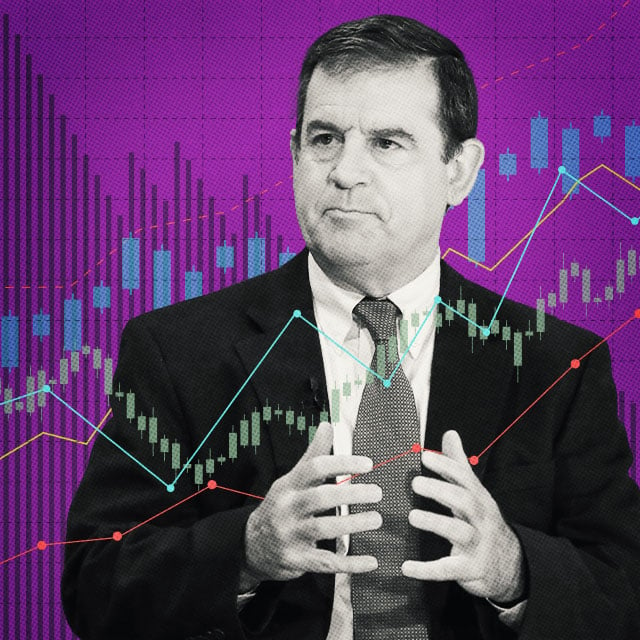The Best & Worst Firms for Personal Loans: J.D. Power, 2022
Related: Best Full-Service Wealth Management Firms, Ranked by Investors — J.D. Power, 2022
As inflation surges, more Americans are borrowing money to cover expenses. Americans have nearly $178 billion in unsecured personal loan debt outstanding — a record high, according to The Motley Fool. The average balance is $9,896. Competitive rates, easy access and a variety of options together have driven broad consumer adoption of personal loans, according to a new report from J.D. Power. Some of the most significant growth has occurred among financially vulnerable consumers who are accessing these products to get through a challenging economic period, the report said. "Increasingly, personal loans are filling the void left by the end of pandemic-era relief efforts, which introduces some important new dynamics for the banks, credit card companies and FinTechs at the center of this marketplace," said Craig Martin, global head of wealth and lending intelligence at J.D. Power, said in a statement. "While customers are largely satisfied with these products and the market is continuing to grow, it is important for lenders to ensure the experiences they deliver are matching the promises they are making to support improved financial health."
Key Findings
J.D. Power's research found that 38% of personal loan customers are classified as financially vulnerable. They obtain a personal loan mainly to address debt, including debt consolidation; lower interest rate on current debt; and lower monthly payment on existing debt. Some brands that cater to higher risk customers have nearly double the average number of financially vulnerable customers. Overall customer loyalty with personal loan products is high, according to the study, with 61% of loan customers saying they are likely to use their lender again. J.D. Power noted that this could create expanded opportunities for lenders that historically only offered loans as they expand their product offerings with checking, savings, credit card and investment options. Forty-seven percent of consumers said an advertisement had prompted them to consider a personal loan. But the study found that the range of advertising effectiveness is wide: some brands drive just 31% of new business through advertising, while others generate 56% of their business through advertising. The study also found significant differences in men's and women's responses to specific brand experiences. At the individual brand level, overall satisfaction with lenders varies by at least 25 points (on a 1,000-point scale) between men and women among more than half of the lenders in the study, and by more than 50 points for nearly a quarter of the brands. "As the personal loan market continues to grow rapidly, it is critical to note that there is not a one-size-fits-all option that can deliver all things to all consumers," Tom Lawler, head of consumer lending intelligence at J.D. Power, said in the statement. "The most successful firms have a clear understanding of the different needs and expectations of their target clients and optimally invest resources to meet or exceed the expectations of those different groups." In the gallery above are the lenders that scored above and below the industry average for customer satisfaction, according to J.D. Power.
© 2025 ALM Global, LLC, All Rights Reserved. Request academic re-use from www.copyright.com. All other uses, submit a request to [email protected]. For more information visit Asset & Logo Licensing.
Featured Resources
View All
Sponsored by Illinois Mutual Life Insurance Company
4 Reasons To Sell Simplified Issue Disability Income Insurance (SIDI)

Sponsored by Illinois Mutual Life Insurance Company
Simplified Issue Disability Income Insurance (SIDI): A Smarter Way to Sell and Protect








